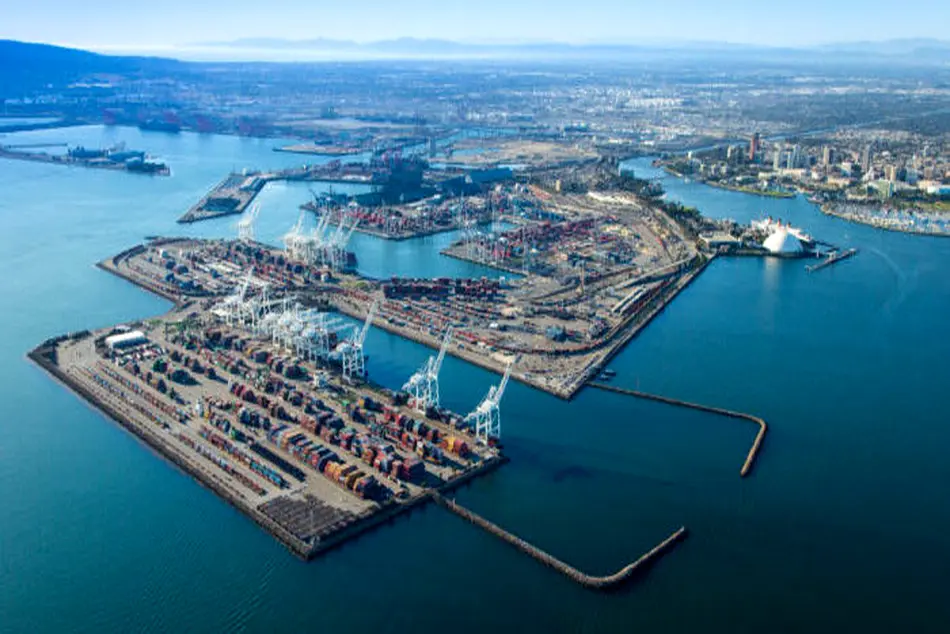Port of Long Beach to use “green” cargo handling equipment
The Port of Long Beach informed that the third and final phase of the Middle Harbor Terminal Redevelopment Project is underway and is expected to be completed on time. Once finished the facility will use "green" cargo handling equipment. This equipment will be using electricity or alternative fuels to move containers.

The Port of Long Beach informed that the third and final phase of the Middle Harbor Terminal Redevelopment Project is underway and is expected to be completed on time. Once finished the facility will use "green" cargo handling equipment. This equipment will be using electricity or alternative fuels to move containers.
The construction started in 2011 on the container terminal designed to handle more than twice as much cargo as the two older terminals it is replacing. After completion, the facility will have an annual capacity of 3.3 million TEUs.
It will include a 4,250-foot-long concrete wharf for working three big ships at the same time, 14 dual-hoist super post-Panamax cranes to accommodate 22,000-TEU ships, and an on-dock rail yard for moving 1.1 million TEUs a year.
The cargo handling equipment will also be running on electricity or alternative fuels. Electric-powered cranes and container transport vehicles move will containers to and from ships at berth and within the container and rail yards. Alternative fuel vehicles move containers from the container yard to the rail yard.
The terminal will employ 70 automated stacking cranes, 72 guided container transport vehicles, 50 terminal yard tractors, five dual cantilever gantry cranes within the rail yard, and multiple dedicated reefer stacking structures with a total capacity for 2,250 refrigerated cargo containers.
Like the first two phases, Phase 3 aims to advance energy efficiency, resource conservation and recycling of materials from demolished structures. Environmental highlights of the final phase include:
- Reusing approximately 1.4 million cubic yards of dredge sediments as fill to support the construction of the last segments of wharf and container yard;
- Recycling demolished concrete and asphalt from the previous structures and paved areas to use as crushed miscellaneous base material for the foundation of the new yard pavement.
What is more, the Port built a battery-exchange building for charging, storing and exchanging batteries to support the zero-emissions container transport vehicles at the terminal.
While Phase 3 is underway, the Port will construct a second battery-exchange building as a backup support facility to safeguard resiliency and reliability of terminal operations.

